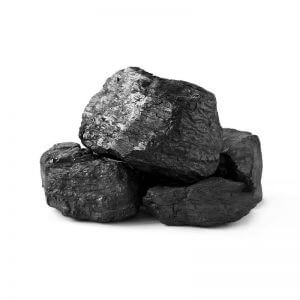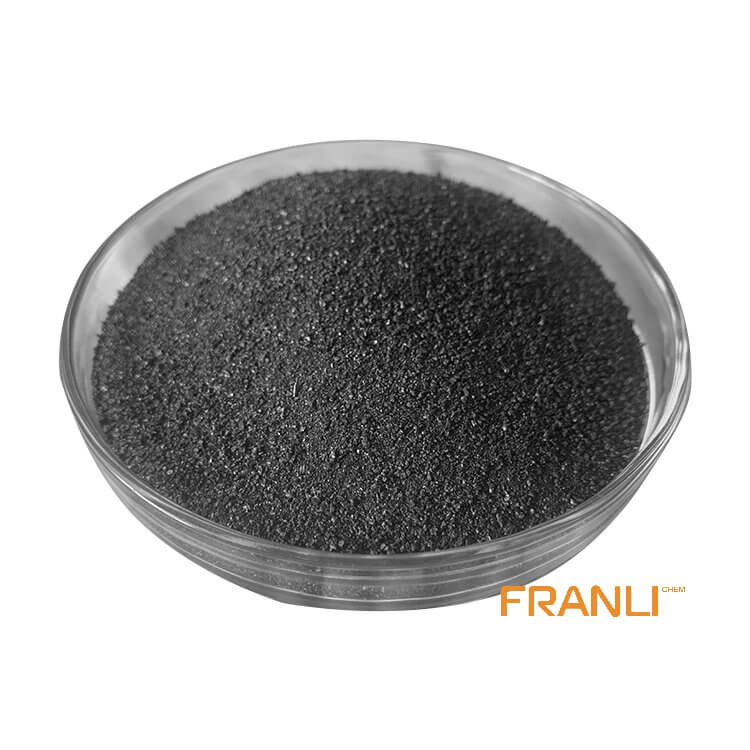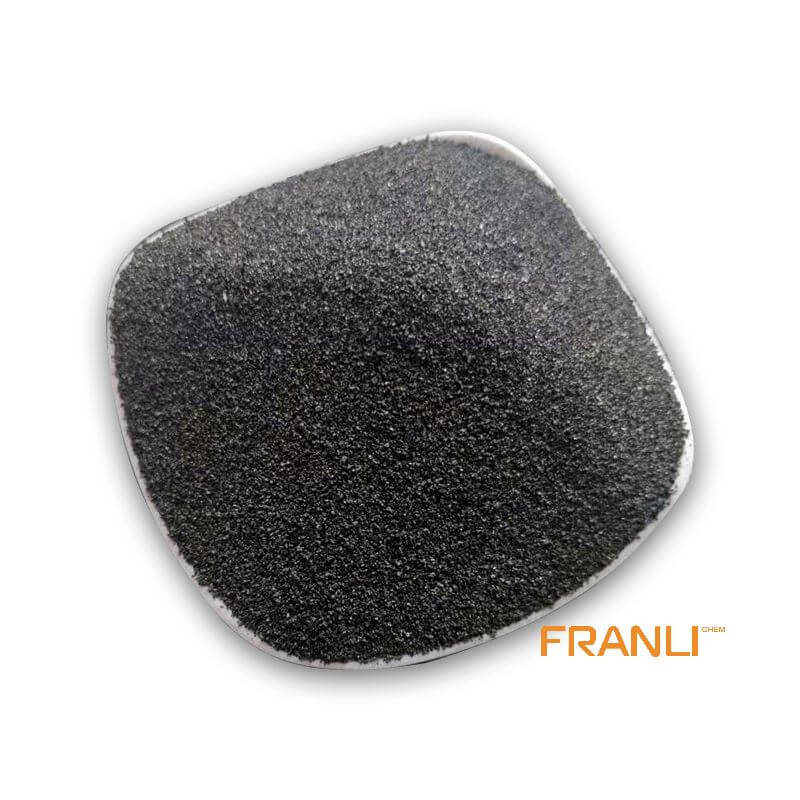


Petroleum Coke
Size
According to your requirements
Package
25 kg small bags into ton bags or ton bags
Features
Low ash content and low boiler ash discharge, etc.
Application
Depending on its quality, petroleum coke can be used in industries such as graphite, smelting and chemical industry, etc
Petroleum coke, as a byproduct of petroleum, is produced in the process of petroleum processing, that is, the crude oil is distilled to separate light and heavy oil, and the heavy oil is converted into petroleum coke by hot cracking. If petroleum coke can be obtained directly from petroleum processing, then the petroleum coke is raw coke or ordinary coke. Petroleum coke has irregular shape, dark gray or black, porous structure and metallic luster.
Request a quotePetroleum coke is used more and more in daily life. It is used as a variety of materials in some of our daily-use products, and now it is used as a new material for lithium batteries.
Guide reading: the lithium-ion battery is a kind of energy storage equipment that can be recycled, also known as a lithium-ion secondary battery, which consists of positive, negative, diaphragm, and electrolyte systems.
The lithium-ion battery is a kind of energy storage equipment that can be recycled, also known as a lithium-ion secondary battery, which consists of positive, negative, diaphragm, and electrolyte systems. The characteristics of this battery are that compared with other primary batteries, the energy density is high, there is no memory effect and low self-discharge. The aggregate of negative material of lithium-ion batteries is mainly divided into artificial graphite and natural graphite. The raw materials of artificial graphite are mainly oil series and coal series needle coke.

Sony commercialized the lithium-ion battery anode material as petroleum coke material. The high-quality petroleum coke represented by needle-shaped petroleum coke has a series of advantages, such as low thermal expansion coefficient, low void, low sulfur, low ash content, low metal content, high conductivity, and easy graphitization, etc., so it is regarded as a high-quality anode material for lithium-ion battery.
High-quality petroleum coke is used in the anode materials of lithium-ion batteries. It is generally necessary to purify, crush and screen the particle size, graphitize and surface modification. The whole process is long, and the final effect has more influencing factors. The most concerning issues are:
(1) The mechanism of the structure of carbon material changing with temperature;
(2) The relationship between the properties of the negative electrode and the structure of carbon material;
(3) Is there suitable carbon material to meet the demand of negative electrode material of power lithium-ion battery?
This paper will summarize the research on these aspects. Finally, the structural characteristics of the petroleum coke materials suitable for the negative materials and the development trend of the negative materials for petroleum coke are discussed.
The effect of the temperature of the high-quality petroleum coke after treatment on its performance
The post-heat treatment of high-quality petroleum coke can be divided into two stages: calcination and high-temperature graphitization. Calcination refers to the calcination process below 1500 ℃, and high-temperature graphitization refers to the high-temperature treatment process close to 3000 ℃.
The high-quality petroleum coke produced by the delayed coking process is calcined in the rotary furnace, and the moisture and volatile matter are significantly reduced, and the transportation and storage are more convenient. In the process of graphitization, graphitization temperature is a key factor, which affects the graphitization degree of high-quality petroleum coke.
Liu Chunfa and others studied the influence of calcination temperature on the electrochemical properties of anode materials for needle petroleum coke to the lithium-ion battery by analyzing the cycle performance, charge-discharge characteristics, and cyclic voltammetry curves. In the range of 700-1000 ℃, the higher the temperature, the smaller the graphite layer spacing of carbonized samples, and the increase of the structural order of the samples, the coke in this period can be called soft carbon. The first capacitance of the sample treated at this temperature is higher than that of the theoretical capacitance of graphite of 372 MAH / g. However, it is difficult to obtain stable charge-discharge potential and poor circulation of the anode materials for lithium-ion batteries made of needle petroleum coke.
The research group further expanded the maximum carbonization temperature to 2800 ℃ and studied the change rule and electrochemical properties of graphite microcrystalline structure during heat treatment. The paper points out that the needle-like petroleum coke samples treated at 2800 ℃ are close to pure graphite. The results of battery charging and discharging experiments show that the stable lithium embedding capacity of the sample can reach 300 MAH / g, and has a stable charging and discharging platform. The change of the structure of graphite microcrystalline with temperature varies with the different soft carbon structures.
Niupengxing et al. Graphitized needle oil coke and asphalt coke at 2800 ℃, and found that after 40 times of charging and discharging, the lithium content of the graphitized needle coke was stable at 301mah / g, while the graphitized asphalt coke was only 240mAH / g. This is because the raw material of needle petroleum coke is purified, and the wide-area intermediate phase can be formed during the cooking process. Finally, needle petroleum coke is easier to graphitize and graphitize more.
Therefore, the influence of graphitization temperature on the properties of the material is also related to the structure of the material itself. The relationship between the capacity performance of coke material and the treatment temperature and internal structure is shown in Figure 1. The above phenomena can also be explained by the two diagrams.

Microstructure and lithium storage mechanism of high-quality petroleum coke
The Isao Mochida research group proposed different carbon material structure models from Franklin and put forward new ideas on understanding coke which is easy to graphitize and not easy to graphitize. The principle is shown in Figure 2. They observed coke directly by scanning tunneling electron microscope (STM) and found that the basic single micro area size of coke is about 2-5nm, which is different from that the wide area of easily graphitized coke is uniform, and it is closely connected by multiple micro-regions. The whole size increases to 20-70nm after graphitization; The wide-area phase of the coke is heterogeneous, mostly independent, and has a few connected micro areas. The size of the coke is not increased after graphitization, which is 5-18nm.
The graphitization coke is considered to be distorted stress between the microzones, which is not easy to connect, and thus the crystal size is not large. Therefore, coke with poor quality will not obtain a higher crystalline form even at high temperatures, which will affect its performance as negative material.
(1) There are many lithium storage mechanisms, such as intercalation lithium storage of graphite microcrystals, nanopores or cracks in soft carbon, and the formation of solid electrolyte membrane (SEI) by reaction of functional groups and Li + reactions on the surface of carbon materials.
(2) Second, the artificial graphite is the representative, mainly the intercalation lithium storage of graphite sheet, so the first capacity will be smaller than soft carbon.
In conclusion, the final result of the influence of graphitization temperature is the internal structure of carbon materials such as high-quality petroleum coke. If the internal structure of the material is more orderly and easier to graphitize, the capacity of the negative electrode is higher and the cycle efficiency is better. However, although the high graphitized carbon materials have high capacity and stable charging and discharging platform, the cycle performance and low-temperature performance are poor. This is because Li + is embedded in the graphite layer and graphite in the sheet layer forms graphite interlayer compound, and graphite layer expands; When Li + is removed, graphite is restored to the original shape; In the process of repeated expansion and contraction, the graphite layer structure is easy to destroy, and it may cause co embedding of solvent, which will reduce the cycle performance of the negative electrode. Therefore, the graphitization degree of high-quality petroleum coke and other carbon materials should be controlled. There is a need for an amorphous structure between microcrystalline and microcrystalline to maintain certain structural strength.
3 Soft carbon as cathode material of the lithium-ion battery
The negative electrode materials of power lithium-ion batteries are different from those of ordinary lithium-ion batteries, so higher ratio performance is needed to shorten the charging time. Good low-temperature performance is needed to meet different working environments, and a large capacity is needed to reduce the battery volume. Better stability is needed to prevent the use of safety problems.
As a negative material, soft carbon has low efficiency for the first time and has no stable voltage platform. On the low efficiency of the first cycle, ALC á Tara et al. Makes two explanations for this:
(1) The reaction of Li + and fatty hydrocarbons in coke at low temperature makes it irreversible;
(2) The combination of Li + and graphite fragments on the exposed edge of coke leads to irreversible. Besides the low efficiency of the first cycle, the gap between the film layer and the lamella layer will lead to the charge-discharge voltage lag and electrode instability. But the advantage of soft carbon-negative material is that the working voltage is high, which can prevent the short circuit caused by lithium metal precipitation, and the second is low cost and no high-temperature graphitization is needed.
Moreover, Li Yang and others compared the performance of soft carbon and mesophase carbon microspheres (MCMB) as cathode materials of lithium-ion power batteries. It was found that the first charging capacity and coulomb efficiency of soft carbon materials were not as good as that of intermediate carbon microspheres, but they had great advantages in the charge performance at room temperature and low temperature charging energy. Therefore, if we can find a way to improve the disadvantage of soft carbon and give full play to its advantages, it will promote the application of soft carbon as the negative material of power lithium-ion batteries.
Liu Ping and others, considering the advantages of soft carbon, add it to the conventional graphite negative electrode material to improve the charging performance of high-capacity lithium-ion batteries at low temperatures. It is found that the soft carbon doped with 20% can achieve the expected low temperature charging effect and has a good cycle life.
Pan Guanghong and others have obtained the negative materials of soft/hard composite carbon lithium-ion battery with high capacity and coulomb efficiency. Researchers also use nano-coating and conductive carbon coating to modify soft carbon and achieve good cycle performance and coulomb efficiency.
Alc á Tara modified petroleum coke with Fe2O3, which greatly improved the capacitance and cycle stability. He explained that oxides can stabilize the soft carbon structure, reduce the surface active sites and form a stable protective layer on the surface.
In addition, ALC á Tara et al. Also pointed out that soft carbon is used as the negative material of sodium cells, which is higher than that of coke after high-temperature graphitization. Some literature shows that soft carbon is also suitable for lithium-ion capacitors, which are safe and have excellent cycle performance. After pre lithium treatment, soft carbon has better capacitance and cycle stability, and it has potential in a long-term power cell.

4 Conclusion and Prospect
The content of S, O, and other heteroatoms in petroleum coke is low, which is suitable for the negative electrode materials of the lithium-ion battery, and it is easy to graphitize, and it needs proper particle size distribution and small surface area. The calcined high-quality soft carbon materials such as petroleum coke have excellent performance in low temperature and ratio, which makes them more concerned in the field of negative materials of the powerful lithium-ion battery, but the circulation efficiency and stability problems still need to be solved.
The internal structure of high-quality petroleum coke can be changed by calcination and graphitization, and the electrochemical properties of the materials as negative electrodes can be changed. However, the graphitized materials still need to be upgraded by material engineering, so as to show good cycle, ratio, and large capacity.
There are three development trends of the negative materials of petroleum coke in the future
(1) The structure of coke and its influencing factors are further understood, and the purpose of customization is to be achieved, and the lithium-ion battery with higher capacity and higher ratio performance will be met;
(2) Development and commercial application of new composite coke negative materials;
(3) The development of new types of negative materials for petroleum coke includes the bulk preparation of petroleum coke-based carbon nano anode materials and the new coke positive and negative electrode materials matching the new battery system.



